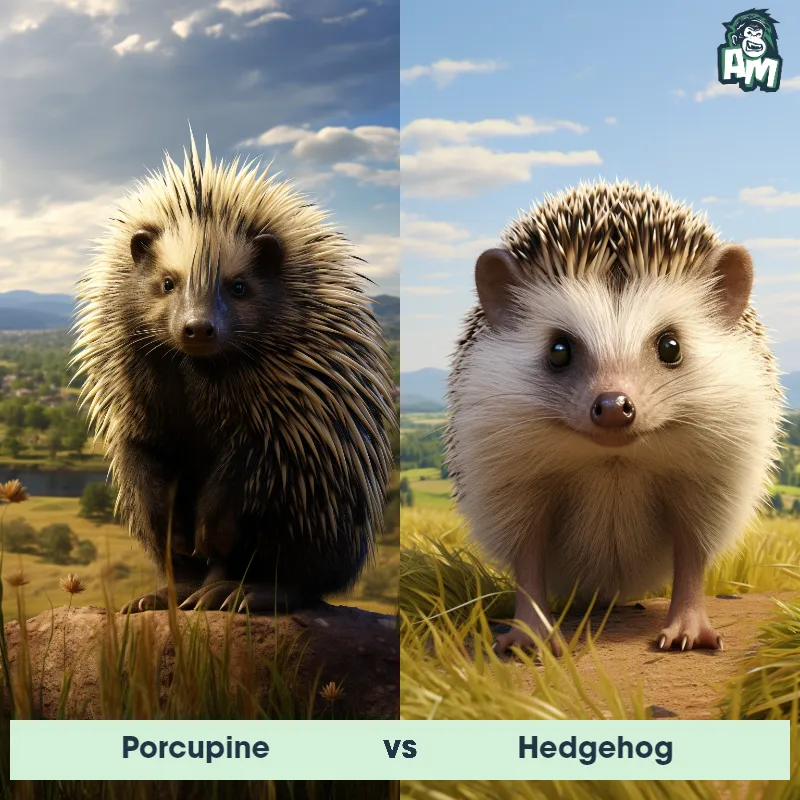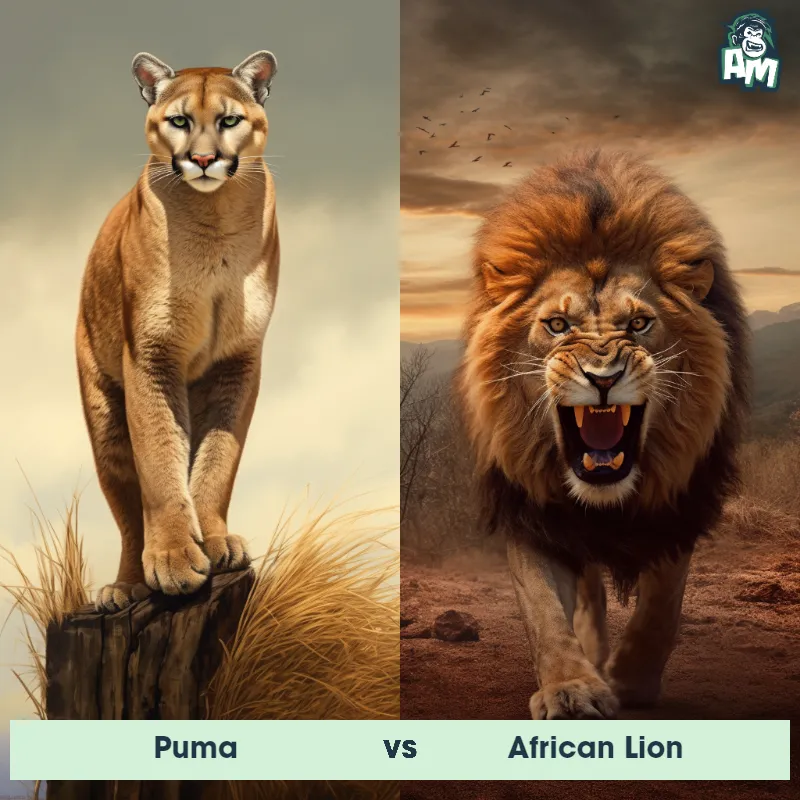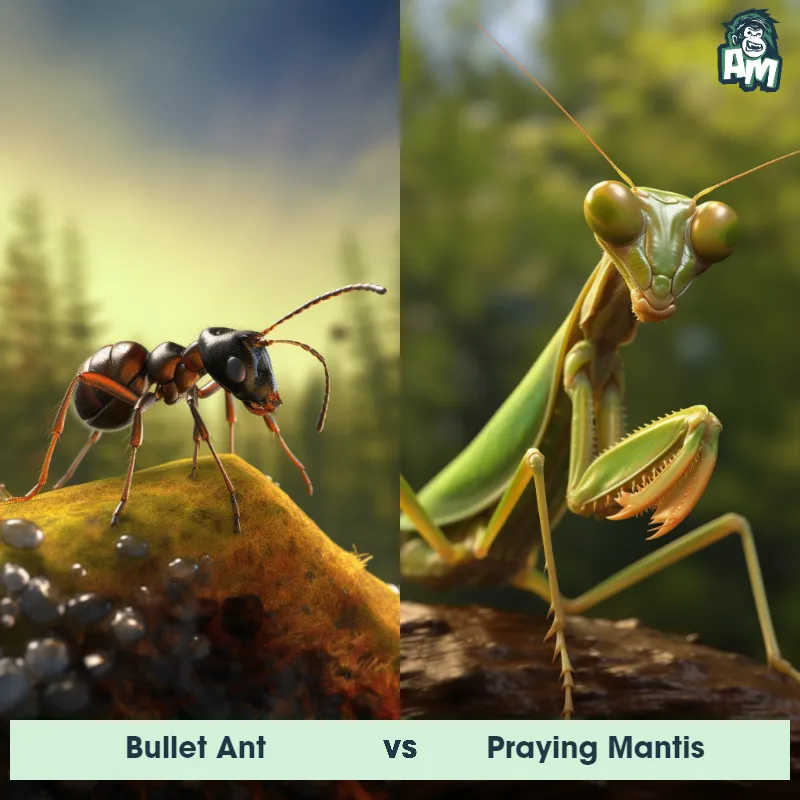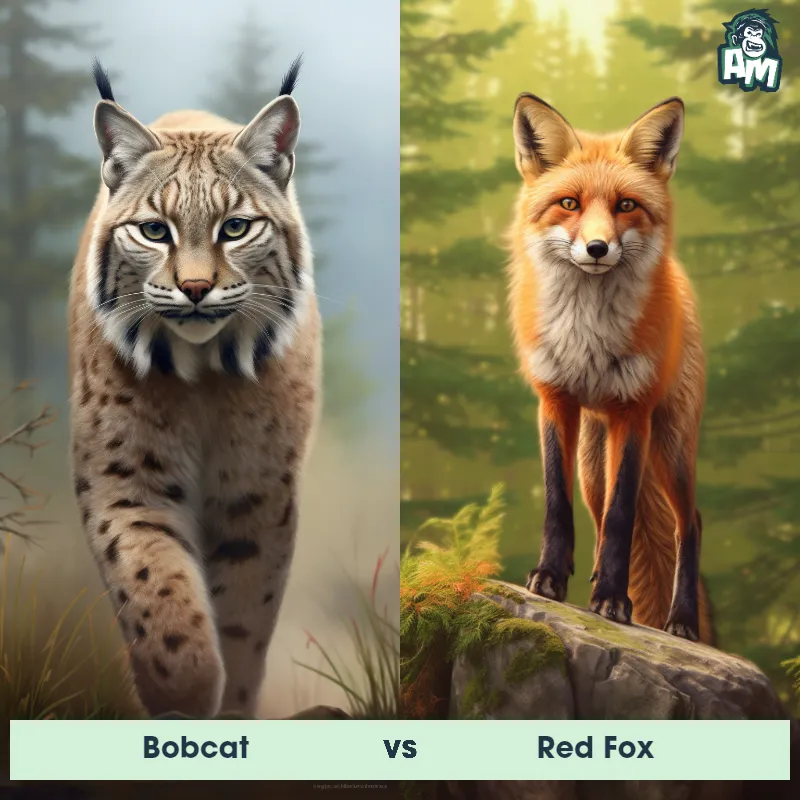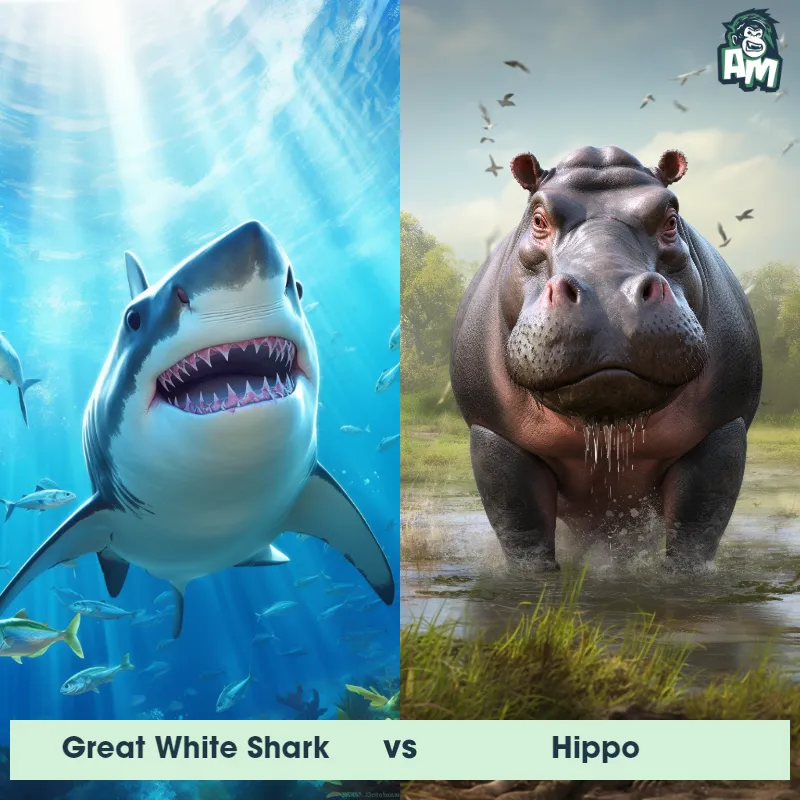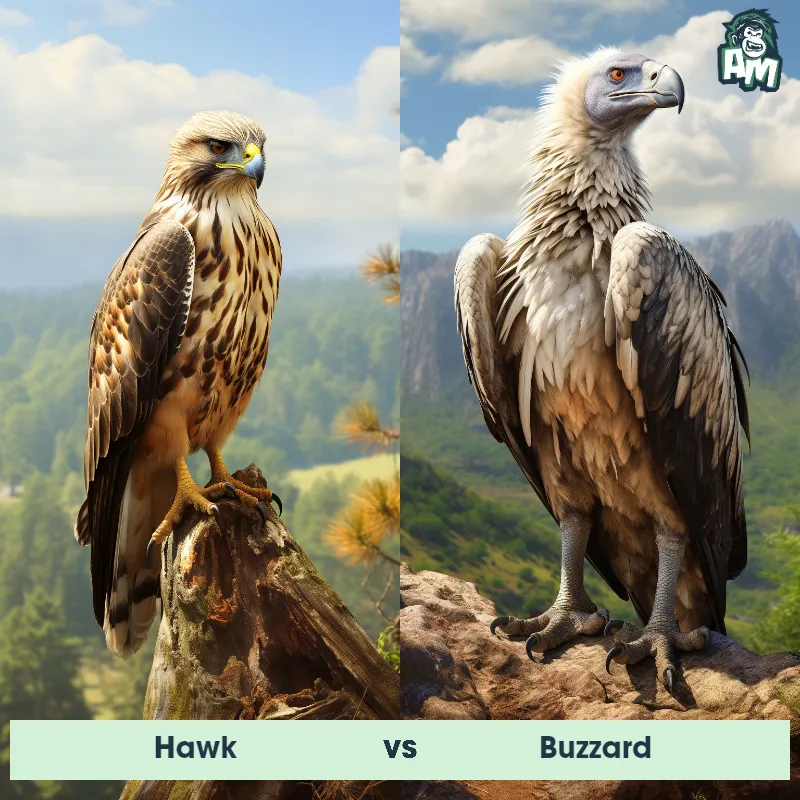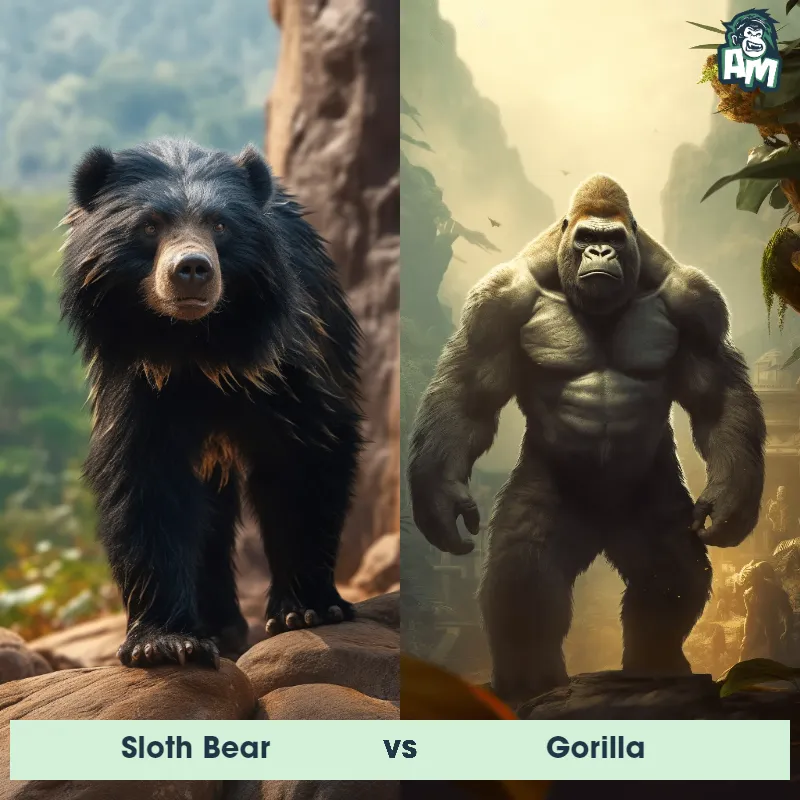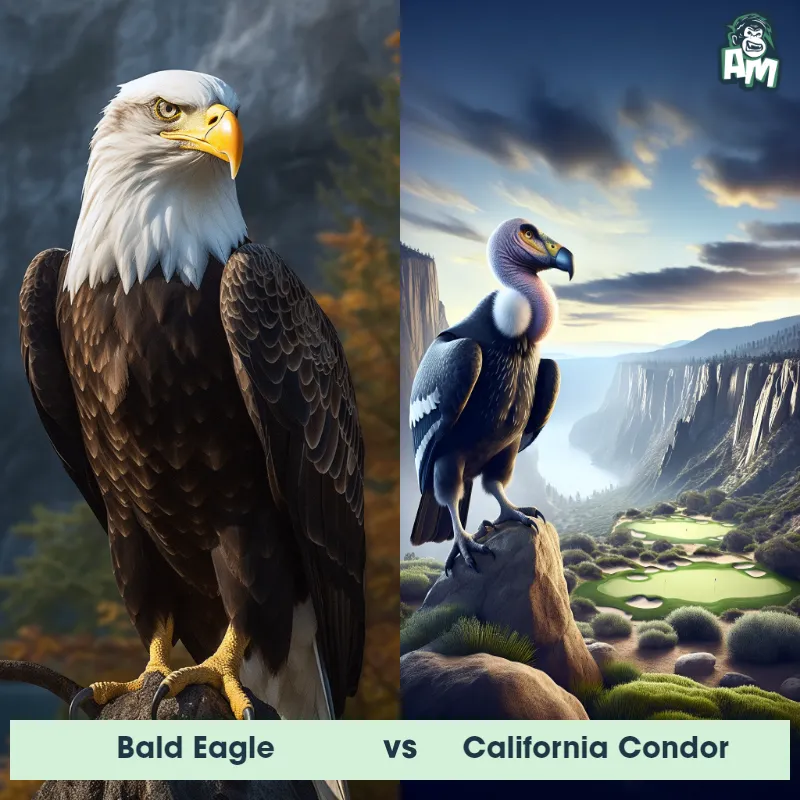Pterodactyl vs VelociraptorSee Who Wins

In one corner, soaring with wings wide and ready for battle, the Pterodactyl shows off its aerial agility. In the opposite corner, the swift and fierce Velociraptor, claws sharp and eyes locked on its prey. The ancient sky meets the land predator, and we're set for a thrilling prehistoric clash!
Contender 1: Pterodactyl
The Pterodactyl, also known as Pteranodon, was a flying reptile that lived during the Late Cretaceous period. They had wing membranes made of skin stretched between an elongated fourth digit and their body, allowing them to soar through the air. Unlike birds, Pterodactyls did not have feathers but were covered in a thin layer of fur-like fibers. Their sharp beaks were used for catching fish, their primary food source.
Fun Fact: Despite being commonly referred to as dinosaurs, Pterodactyls were actually flying reptiles and belonged to a group known as pterosaurs.
Contender 2: Velociraptor
The Velociraptor, known for its speed and agility, was a small, feathered dinosaur that lived during the Late Cretaceous period. It had a distinctive curved claw on each hind foot, which could have been used for hunting or climbing. Velociraptor had a long, slender body, a long tail for balance, and sharp teeth for tearing into its prey.
Fun Fact: Velociraptor is thought to have been an intelligent dinosaur, as studies have shown that its brain-to-body ratio was similar to that of modern birds.
Matchup Stats
| Pterodactyl | Velociraptor | |
|---|---|---|
| Size | 12 feet long (3.6 meters) | 2 feet tall (60 cm) |
| Weight | 55 pounds (25 kilograms) | 33 pounds (15 kg) |
| Speed | 70mph (113km/h) | 40mph (64km/h) |
| Key Strength | Speed and agility | Agile and quick movements |
| Biggest Weakness | Vulnerable neck area | Small size compared to other dinosaurs |
Current Votes
Pterodactyl vs Velociraptor
See Who Wins
View More Matches
Looking For More?
Similar Matches
Scientific Stats
| Pterodactyl | Velociraptor | |
|---|---|---|
| Scientific Name | Pterodactylus | Velociraptor mongoliensis |
| Family | Pterosauria | Dromaeosauridae |
| Habitat | Coastal areas | Land |
| Geography | Worldwide distribution | Mongolia |
| Diet | Fish | Carnivore |
| Lifespan | 25 years - 30 years | 8 years - 10 years |
Key Differences between Pterodactyl and Velociraptor
- Skull: Pterodactyls had elongated, pointed skulls often with crests, whereas Velociraptors had shorter, more robust skulls with a sickle-shaped claw on each foot.
- Feathers: Pterodactyls primarily had smooth, leathery skin with no feathers, whereas Velociraptors had a covering of feathers across their bodies.
- Size: Pterodactyls typically had wingspans ranging from a few feet to over ten feet, whereas Velociraptors were generally around six feet long from nose to tail.
- Body Shape: Pterodactyls had lightweight, aerodynamic bodies for flying, while Velociraptors had lean, muscular builds for agile ground movement.
- Wings: Pterodactyls had large, membranous wings attached to elongated fourth fingers, whereas Velociraptors lacked wings and had feathered limbs.
- Limbs: Pterodactyls had longer wings and shorter hind limbs, whereas Velociraptors had longer hind limbs suited for bipedal movement.



